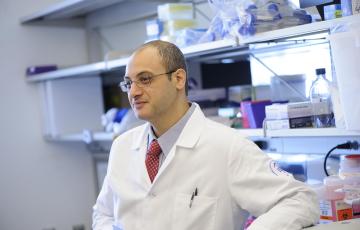Children’s Leukemia Research Association (CLRA)
To support research efforts towards finding the causes and cure for leukemia.
- Patient Aid Program offers limited funds (up to $3,000 per year) to assist with certain treatments, services and prescriptions; funds are available on a first-come, first-serve basis
- CLRA funds grants to doctors conducting promising research about leukemia.
Children and adults with blood cancer in the U.S., healthcare professionals and researchers
516-222-1944 http://www.childrensleukemia.org/